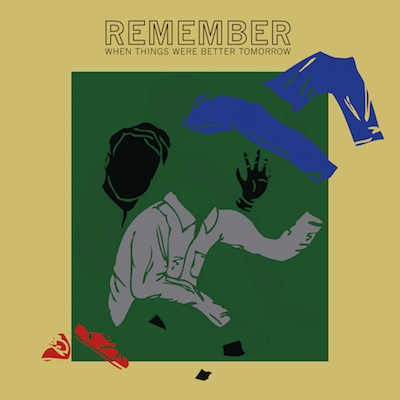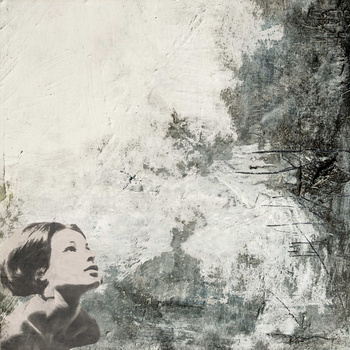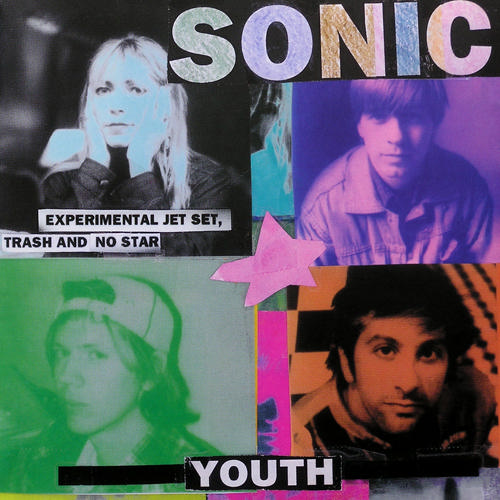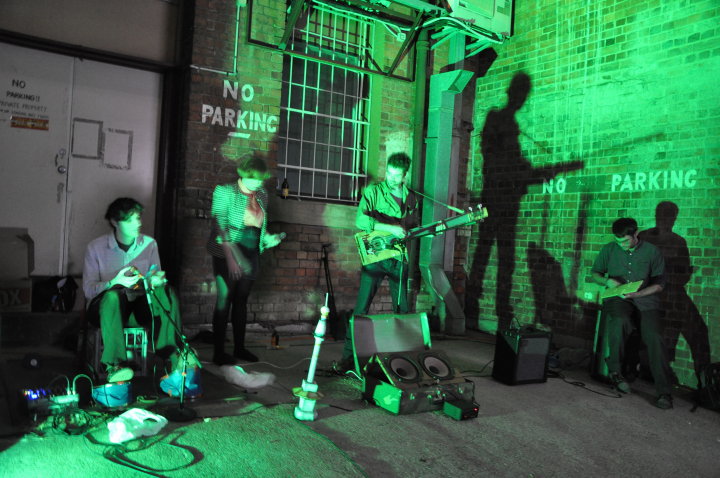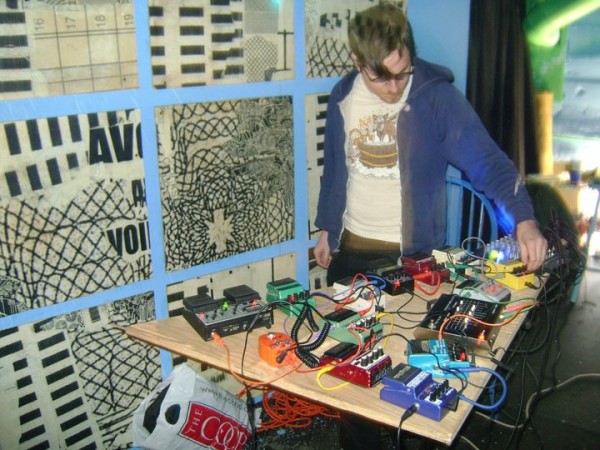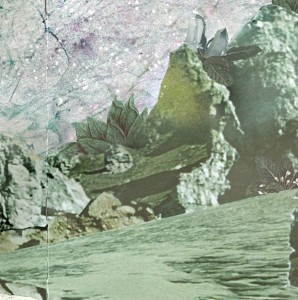Jonah Parzen-Johnson’s music is an eclectic mix of soulful, street-corner solo sax melodies, gritty multiphonics and microtonal excursions against a backdrop of analog synths and various effects. His tone is impeccably clean one second and drenched in layered waves of pulsating echoes. He plays both with electronics and against them, sometimes using them as extensions of his horn, while at other times he’s using them to create dense contrapuntal layers.
Across his album “Remember When Things Were Better Tomorrow” these incredibly complex and vibrant ideas take shape within each track. Each song is a journey with its own twists and turns, and its own highs and lows. Contemplative one second, resolute the next. In the video for “I Wrote a Story About You, Without You” we get a clear visual analogue to the sounds. Life rushes around, filtered through clandestine security cameras in downtown Chicago and New York; soon its seen through the frantic movements of someone desperately searching google maps. At first the track’s opening soliloquy begins an ascending scale that slowly speeds up, is mixed with bright and reverberant harmonies, and then takes off into the realm of something a little more synthetic and frantic. Parzen-Johnson’s circular breathing, prolonging lines well beyond a single breath, only adds to the tension and propulsion. “I Wrote a Story…” captures a sort of sentimentality, but also an uneasiness, a malaise; perhaps something we all feel as we go about our daily lives, trying to remember what it is that we were planning on doing, and why it is that we aren’t doing it. We go on about our daily business anyway, trying to figure a way out.
That sentimentality, that same subtle melancholy is also captured on the album’s closing track, “On the Way Home.” Stripped of any electronics, we are treated to an extended melody with absolutely brilliant phrasing and control. Each small break between the phrases has me listening closer, waiting, and hoping that there will be more to come. Eventually, of course, the last phrase comes and goes and we are perhaps left feeling a lack of resolution, a wanting. Or maybe it’s that we are left in deep contemplation.
The entire album is brilliant, and just came out earlier this week on Primary Records. Parzen-Johnson, a Chicago native by the way, is out on an extensive tour in support of “Remember When Things Were Better Tomorrow.” You can find dates below the video and you can also check out his website in order to get the album as a CD, digital download, or on limited 150g vinyl.
06/05/15 Seattle, WA Cafe Racer
06/06/15 San Fran, CA Center For New Music
with The Steven Lugerner Octet
06/08/15 Sacramento, CA Luna’s Cafe
Time: 7:30pm. Nebraska Mondays
06/09/15 Los Angeles, CA Moryork Gallery
06/11/15 Chicago, IL Elastic Arts
06/12/15 Milwaukee WI Frank’s Power Plant
w/Devin Drobka, Barry Paul Clark, and Jay Mollerskov
06/13/15 Madison, WI Bright Red Studios
06/15/15 Minneapolis, MN Ice House
w/ JT’s Jazz Implosion
06/16/15 St Louis, MO Foam
06/17/15 Louisville, KY Dreamland
06/19/15 Greensboro, NC New York PIzza
with Xelos Verv and Sun Swan
06/20/15 Durham, NC The Shed
with Polyorchard
06/21/15 Asheville, NC The Mothlight
06/24/15 Charlottesville The Garage
06/25/15 Washington DC 453 Florida Ave NW
06/27/15 Philadelphia, PA The First Banana with Accretionist, Daniel Fishkin, and LXV
06/30/15 Cambridge, MA Lilypad
07/01/15 Montreal QC La Passe Canada
07/02/15 Providence RI 186 Carpenter Street

